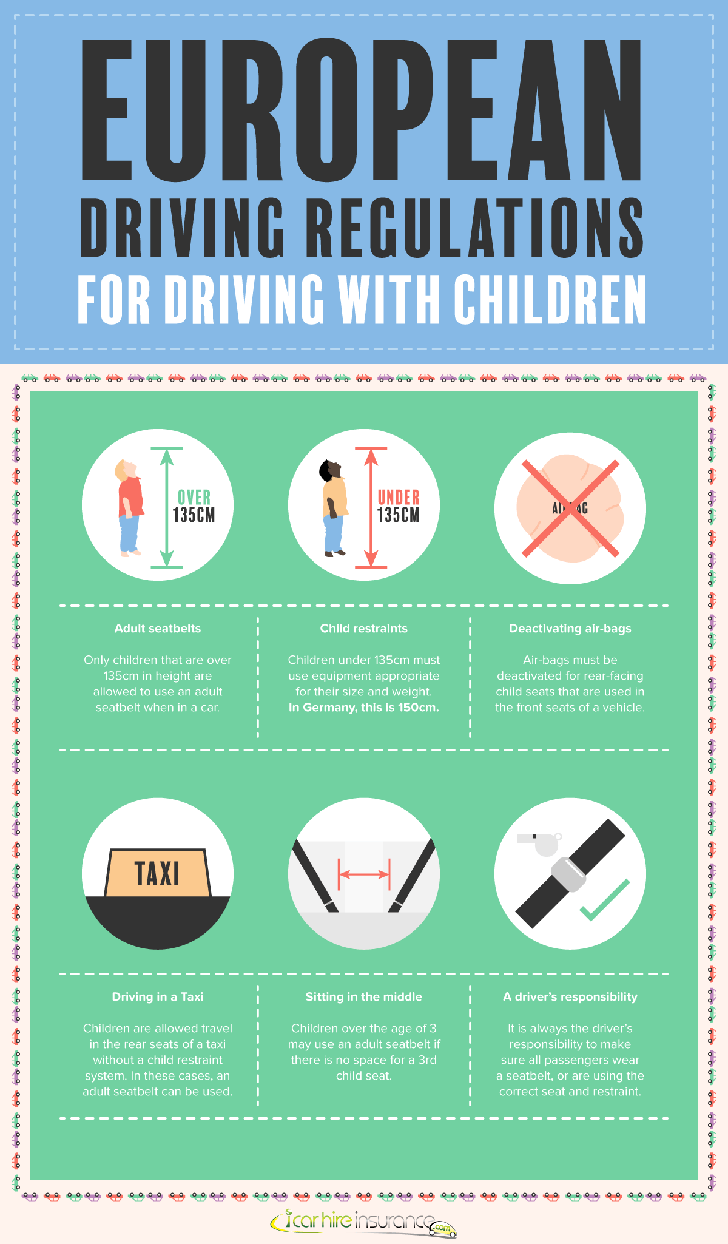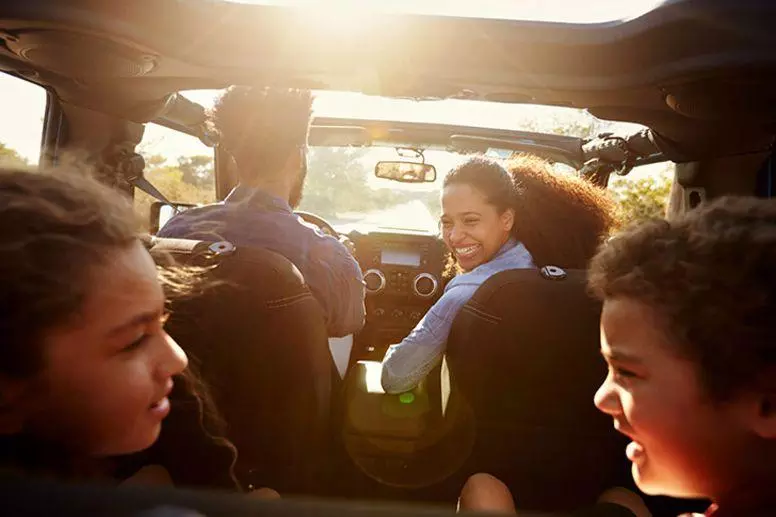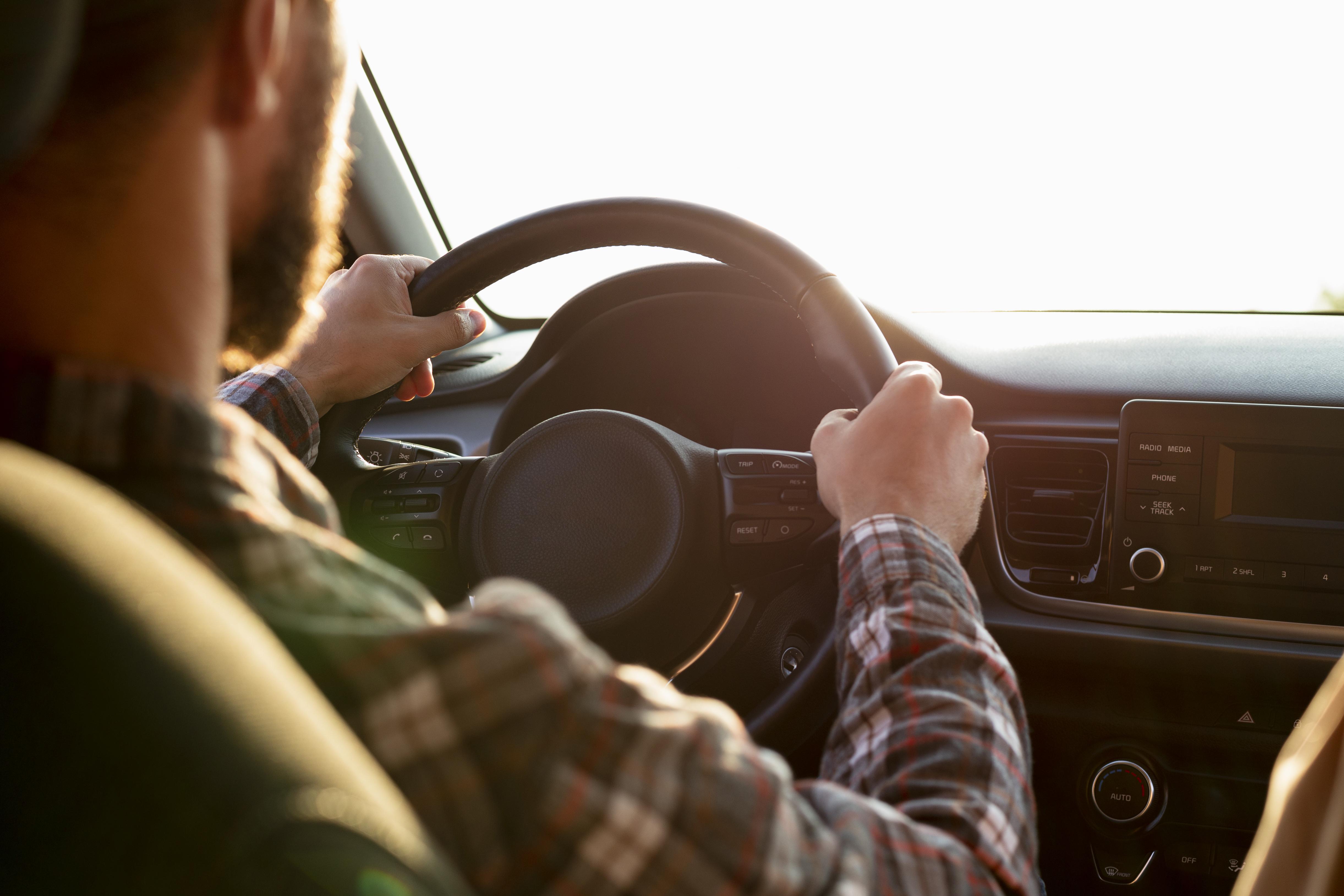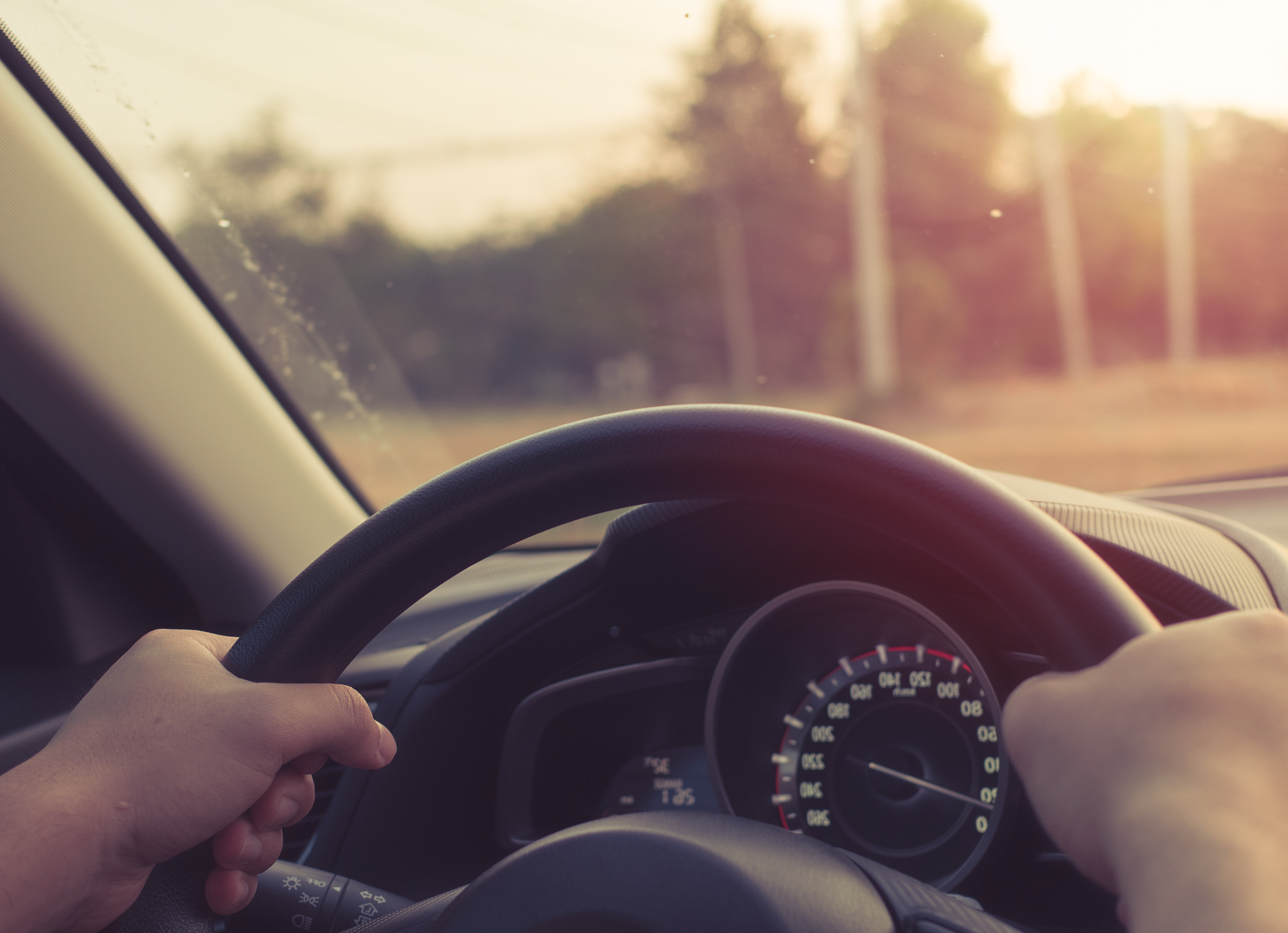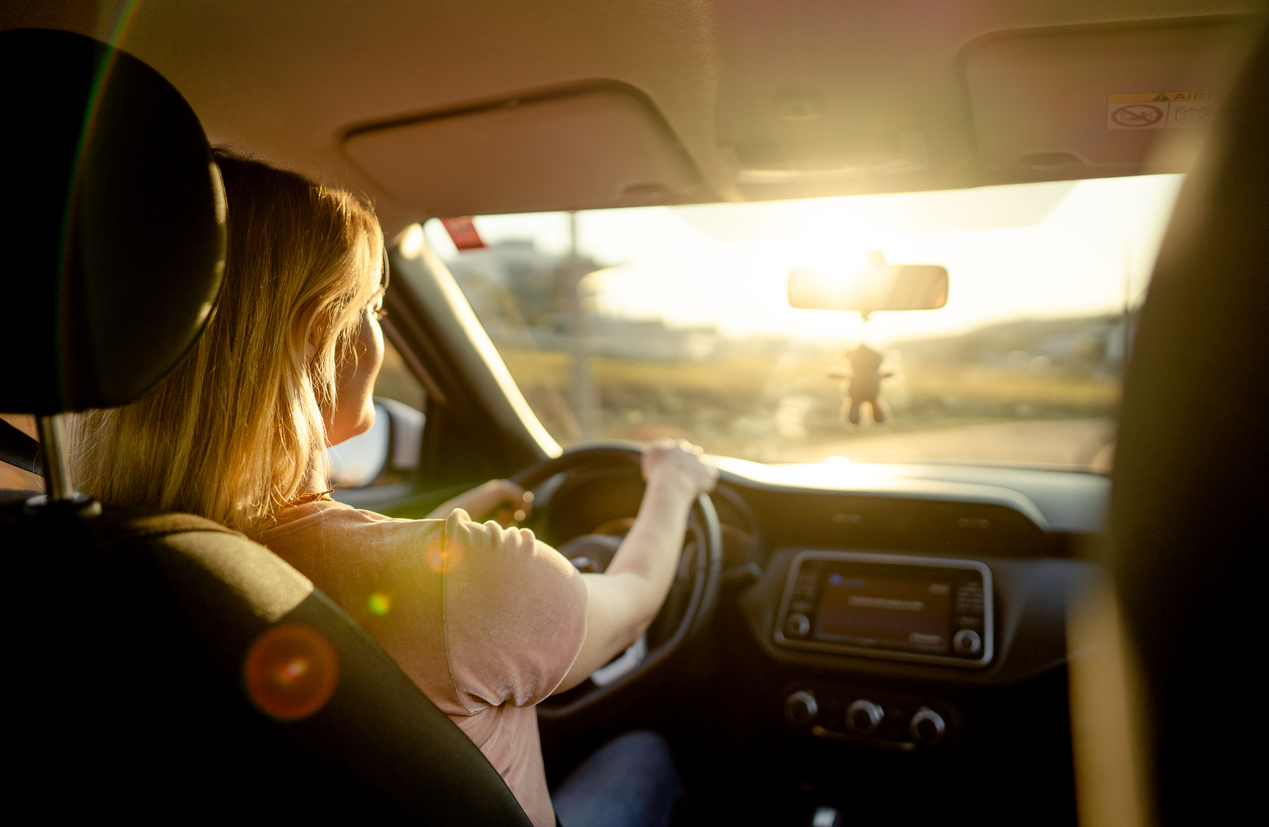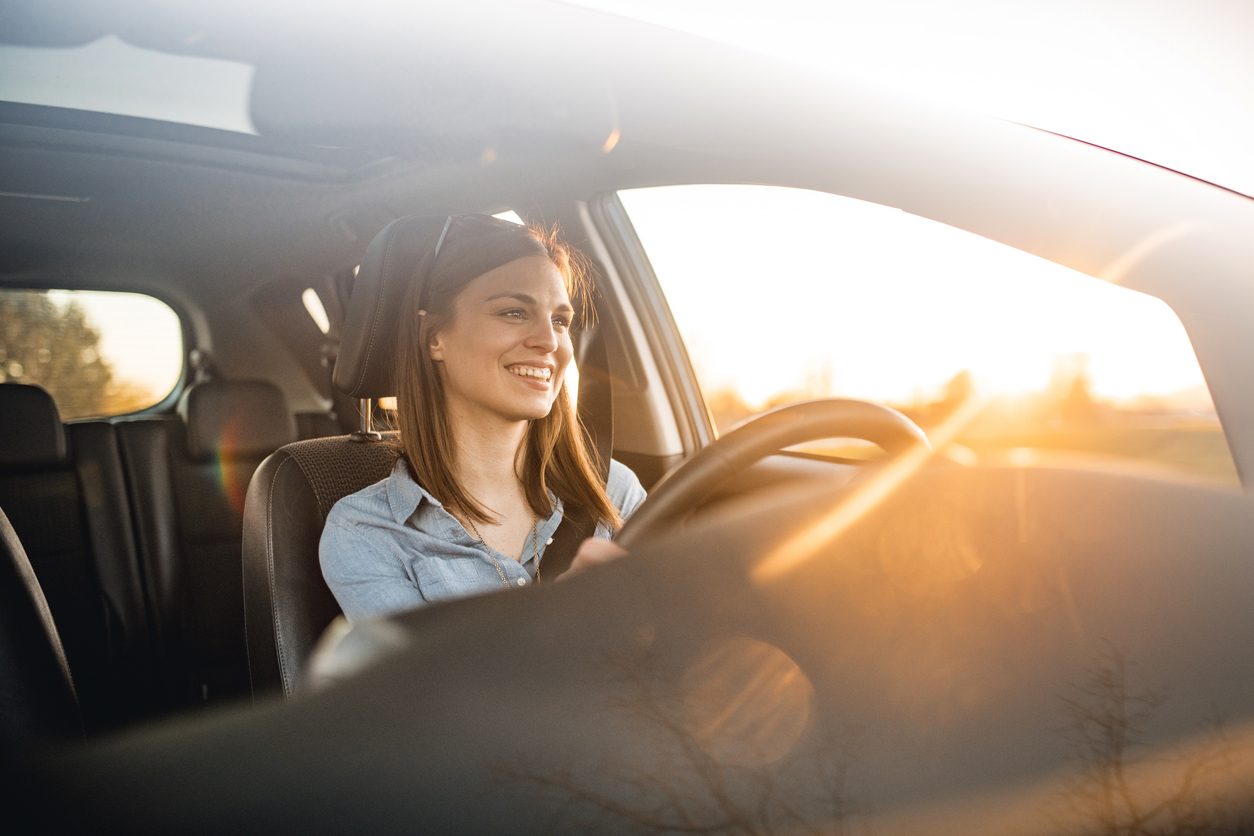Whether you’re nipping to the shops, going to visit family, or planning a road trip to Europe – travelling with children can present its challenges. It’s important that your child is travelling as safely and as comfortable as possible, no matter how far you’re driving.
In this guide, we offer advice on what you can do to prepare for car journeys, what sort of entertainment you can provide, how to keep things clean, why you should take regular breaks, and most importantly, we clarify the latest legal requirements for child seat regulations.
General Advice
Make sure your children have distractions to hand for the duration of the trip. Provide them with entertainment that’s not only there to interest them, but that’s also going to benefit them. Use this time for them to have fun and learn something new – every day is a school day!
Whilst electronic gaming devices and movie players can keep children occupied, child psychologists say that too much of this can stunt emotional development, with children segregating themselves in favour of online games and television. So, if you are going to give your child an iPad or Gameboy, for example, it’s important that you keep this time limited.
Instead, why not stock up on magnetic board games, hand-held puzzles, or magazines and books? Make sure the text isn’t too small for them to read in a moving vehicle, as this can cause their eyes to strain.
To combat the old phrase of “are we there yet?”, there’s always interactive games you can play as a family, such as I-spy, ‘guess the song’, ‘spot the colour of the car’, or ‘20 questions’. Singalong playlists and playing music you all enjoy is also a great way to bond and pass the time.
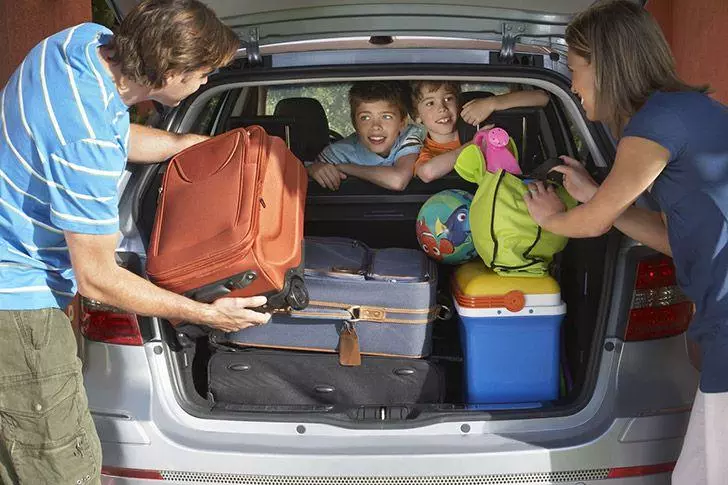
To tackle grumpy kids and keep their energy levels stabilised, make sure you’ve got adequate snacks and drinks – but keep them healthy! Think fruit, bottles of water, and nuts. If you’re going on a long journey, it may be a good idea to take packed lunches – you could even pull over for a picnic.
As we all know, crumbs and mess can get just about anywhere – especially when hungry kids are involved. Make sure you’ve got wet wipes, a carrier bag for rubbish, and hand sanitiser to keep things clean and tidy.
Lastly, be sure to have pillows and blankets in the car so that your children can nap as and when they please. A sun-shade is also a great idea to keep the rays from shining in, which can be attached to windows and are easily fitted.
Check out our useful infographic below for a round-up of the top 15 things every car journey with a child should include.

Child Health
There’s no law about how often you should pull over for a break, but as a recommendation from the AA, drivers should stop at least every 2 hours, for a minimum of 15-20 minutes. This also gives children a chance to stretch their legs, get some fresh air, and stop for a bathroom break.
If your children are prone to being travel sick, there are a few tips you can follow to ease their symptoms:
- Encourage your children to look at things outside of the car, rather than focusing on things inside – this reduces sensory input and can be a good distraction.
- Plan pre-trip meals and avoid feeding them anything heavy or greasy.
- Make sure there’s adequate air ventilation throughout the car and try to keep the air clear of strong odours.
- There are several types of medication you can give your child to help with travel sickness if they’re over 2 years old. Consult your doctor first to find out which is the best one for your child.
At iCarhireinsurance, we understand that your child’s safety is always your number one priority, and how important it is to be aware of the dangers while driving. Take a look at some interesting facts and statistics on road safety below.
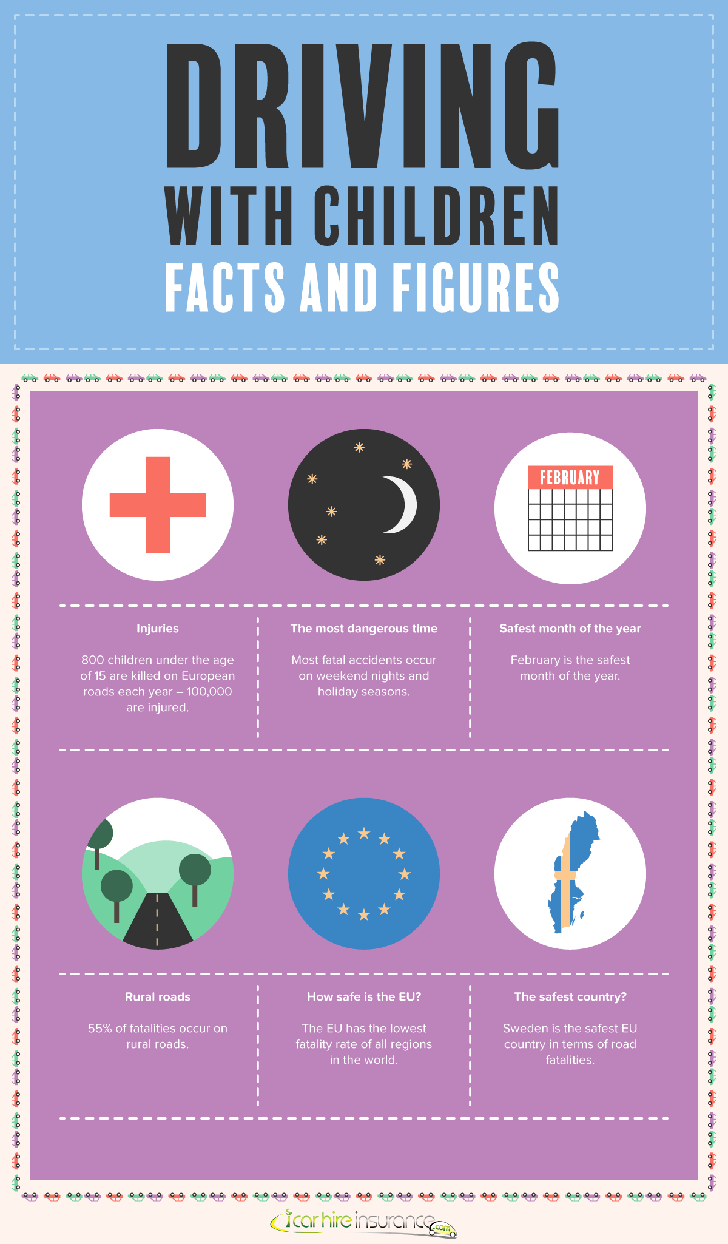
Legal Requirements
It can be tricky to keep up to date with the latest legislation when it comes to travelling with children in cars. However, it’s extremely important you familiarise yourself with all the regulations for the safety of everyone travelling. Failing to comply with these laws can cost you a hefty fine, and may mean you’re putting your child at risk.
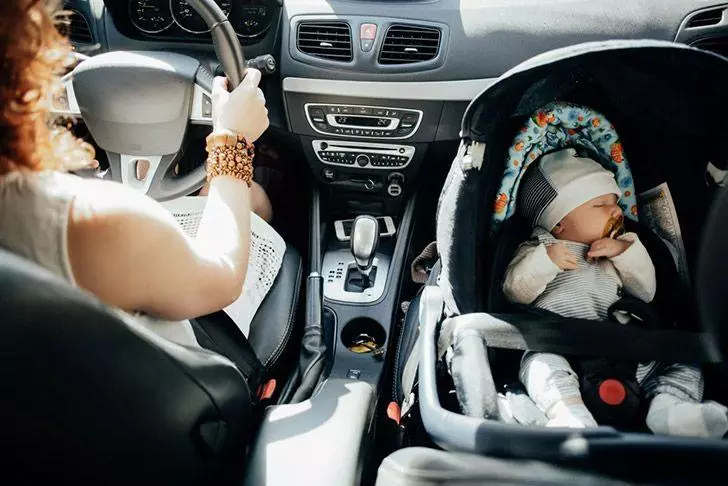
Things you need to know:
- There are typically three types of children’s car seats: rear-facing, forward-facing (which have an impact cushion or harness), and booster seats (which can be backless or have a high back).
- You can choose a child car seat based on a child’s height or weight.
- Hight-based car seats, also known as ‘i-Size’ seats, must be rear-facing until your child is over 15 months old, once they’re over this age, they may use a forward-facing seat. You must check your child’s height regularly to make sure it’s suitable for the ‘i-Size’ seat.
- Weight-based car seats have the following regulations in place:
0kg to 9kg
– Use a rear-facing baby carrier or a rear-facing baby seat using a harness0kg to 13kg
– Use a rear-facing baby seat using a harness or a rear-facing baby carrier9kg to 18kg
– Use a rear or forward-facing baby seat using a safety shield or harness in place15kg to 36kg
– Use a rear or forward-facing car seat using a seat belt, safety shield, or harness
- You must deactivate front airbags if you’re using a rear-facing baby seat at the front.
- Children must use a car seat in the UK until they are over 12 years old or more than 135cm tall, whichever comes first.
- Once children no longer need to use a car seat, they must wear a seatbelt and may travel in the front seat, if you wish.
- Only EU-approved height-based child car seats can be used in the UK. These have a label showing a capital ‘E’ in a circle and ‘R129’.
- Driver can be fined £500 if a child under 14 years old doesn’t wear a child restraint or seat belt, anyone over this age will pay the fine themselves.
- If you’re planning a road trip to Europe this summer, or may be renting a car abroad, check out our useful infographic below on EU regulations and restrictions.

